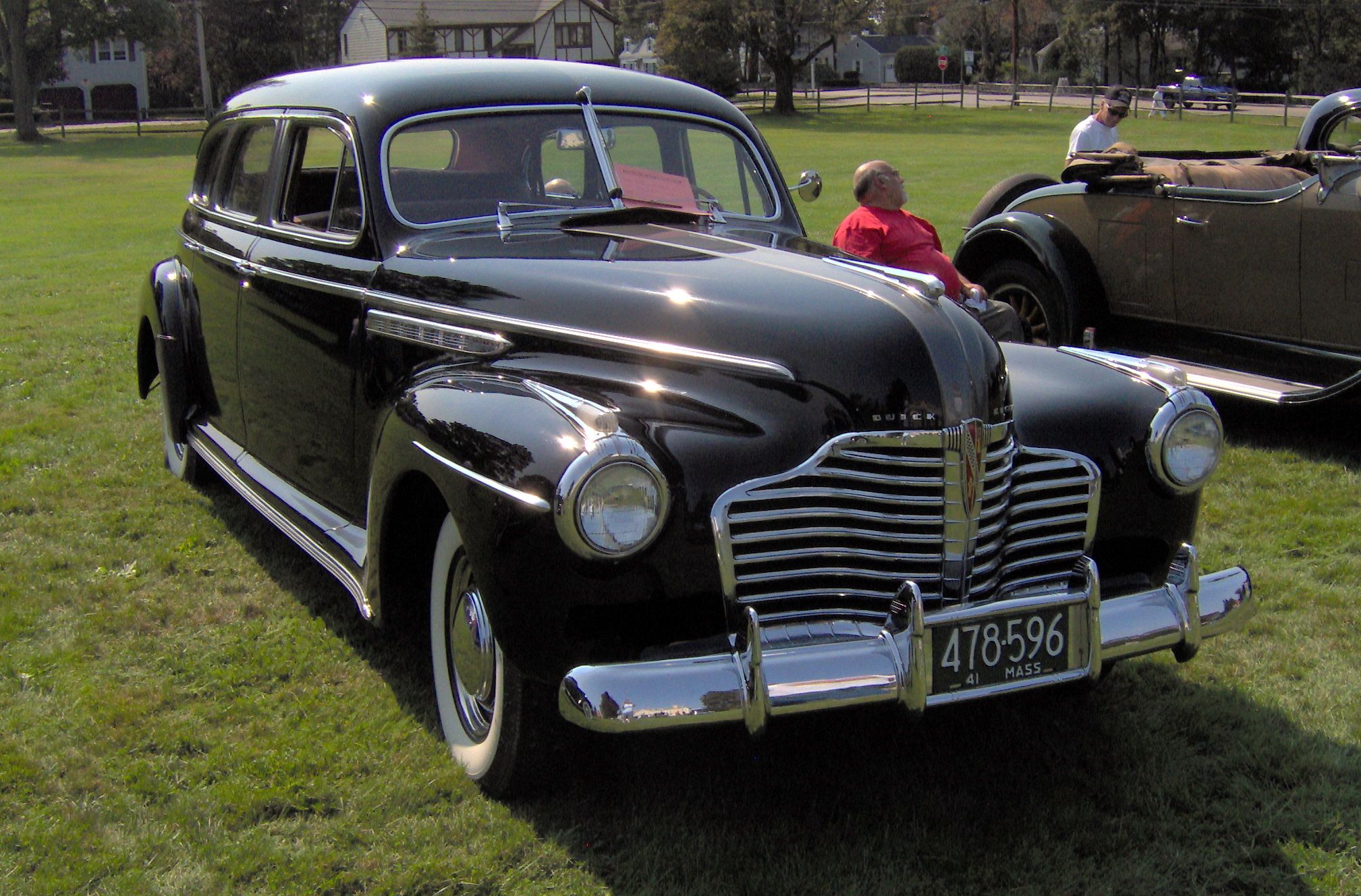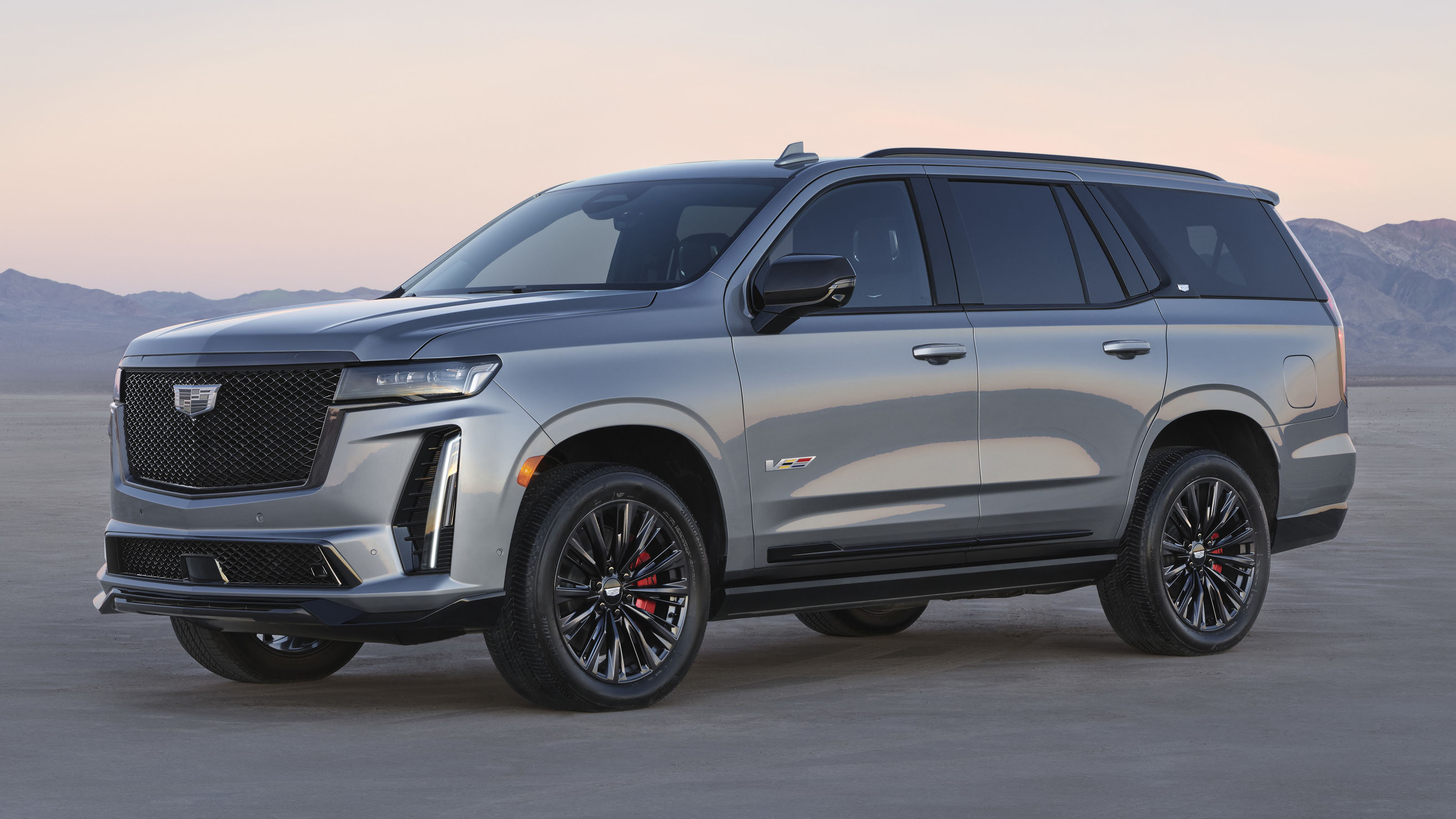
The automotive landscape is undergoing a significant shift. With the average transaction price (ATP) for new cars reaching $48,644 in June, according to Kelley Blue Book, owning a brand-new vehicle is becoming increasingly out of reach for the typical U.S. driver. This financial reality means Americans are now holding onto their vehicles longer, with the average vehicle age hitting an all-time record of 12.6 years in 2024, as reported by S&P Mobility.
This trend underscores a critical question for many car owners and prospective buyers: what happens when your trusty SUV nears the 150,000-mile mark? While modern vehicles are generally built to last longer, with standard cars expected to reach at least 200,000 miles, this milestone often signals an increase in the potential for significant repairs. It’s a point where drivers must weigh the costs of continued maintenance against the expense of replacing their vehicle entirely.
Making an informed decision requires understanding which SUVs are engineered to withstand the test of time with minimal fuss, and which ones are likely to become costly burdens. This in-depth guide, following the authoritative insights of Consumer Reports and Kelley Blue Book, will navigate the complexities of high-mileage SUV ownership. We’ll spotlight models celebrated for their enduring reliability and explore what makes them truly exceptional, helping you make smart choices for your long-term driving needs.

1. **Toyota Land Cruiser**: The Toyota Land Cruiser stands as the quintessential symbol of durability and longevity in the SUV segment. Its legendary status is well-earned, with countless owners reporting these robust vehicles effortlessly clocking over 300,000 miles, often with nothing more than basic, routine maintenance. This incredible resilience is a testament to Toyota’s unwavering commitment to quality engineering and robust design principles.
At its core, the Land Cruiser boasts a full-frame construction, paired with exceptionally long-lasting suspension components and a high-strength drivetrain. This combination equips it with the ability to withstand the most extreme conditions, whether tackling challenging off-road terrains or navigating vast stretches of highway. The vehicle handles every scenario without showing signs of strain, a characteristic that truly sets it apart from many contemporaries.
The 4.6-liter V8 engine, while acknowledged for not being the most fuel-efficient option available, is universally lauded for its bulletproof reliability. Many owners consistently report years of trouble-free ownership, emphasizing its remarkable dependability. Furthermore, the Land Cruiser’s inherent design simplicity means there are fewer complex systems prone to malfunction, contributing significantly to its long-term viability.
When repairs are eventually needed, which is rare, the process is often straightforward due to the wide availability and affordability of its parts. This aspect further enhances its appeal to budget-conscious drivers who prioritize longevity and predictable ownership costs. The Toyota Land Cruiser is, without a doubt, built for those who desire decades of worry-free driving, making it a prime example of an SUV engineered to survive and thrive.
It represents a wise investment for anyone seeking an SUV that not only performs reliably but also retains its value and functionality for an extensive period. Its proven track record and straightforward maintenance requirements solidify its position as one of the best choices for enduring service.

2. **Honda CR-V**: The Honda CR-V has carved out a formidable reputation as a compact SUV synonymous with exceptional reliability and remarkably low-maintenance ownership. This model is a perennial favorite among both families and daily commuters, delivering a well-balanced blend of practicality, comfort, and, crucially, lasting durability. It is not at all uncommon for CR-V owners to see their vehicles surpass 250,000 miles, or even more, with very few significant mechanical issues, provided regular maintenance schedules are adhered to.
Beneath its appealing exterior, the CR-V typically houses an efficient 2.4-liter engine, or in more recent iterations, a 1.5-liter turbocharged engine. Both powerplants are widely recognized for their impressive longevity and fuel efficiency, contributing significantly to the CR-V’s overall reliability score. Complementing these robust engines is Honda’s esteemed reputation for engineering durable transmission systems, which together establish the CR-V as one of the most reliable compact SUVs available on the market.
Keeping a Honda CR-V running strong requires surprisingly little: routine fluid changes, diligent brake maintenance, and regular tire rotations are typically all that is needed. This straightforward approach to upkeep is a cornerstone of its enduring appeal. The design philosophy behind the CR-V prioritizes simplicity, which inherently reduces the likelihood of encountering complex, expensive issues as the vehicle ages.
Unlike some contemporary models that are laden with potentially costly advanced technology and intricate systems, the CR-V concentrates on core, easy-to-maintain components. This pragmatic design choice translates directly into lower long-term ownership costs. Moreover, Honda’s extensive network of dealerships and parts suppliers ensures that replacement parts are both readily accessible and economically priced, preventing budget-breaking repair bills.
For individuals in search of a practical, fuel-efficient, and exceptionally long-lasting compact SUV, the Honda CR-V consistently ranks as a top-tier contender. It steadfastly delivers strong value over many years, proving that robust performance and minimal upkeep can indeed go hand-in-hand, making it an intelligent choice for discerning buyers.
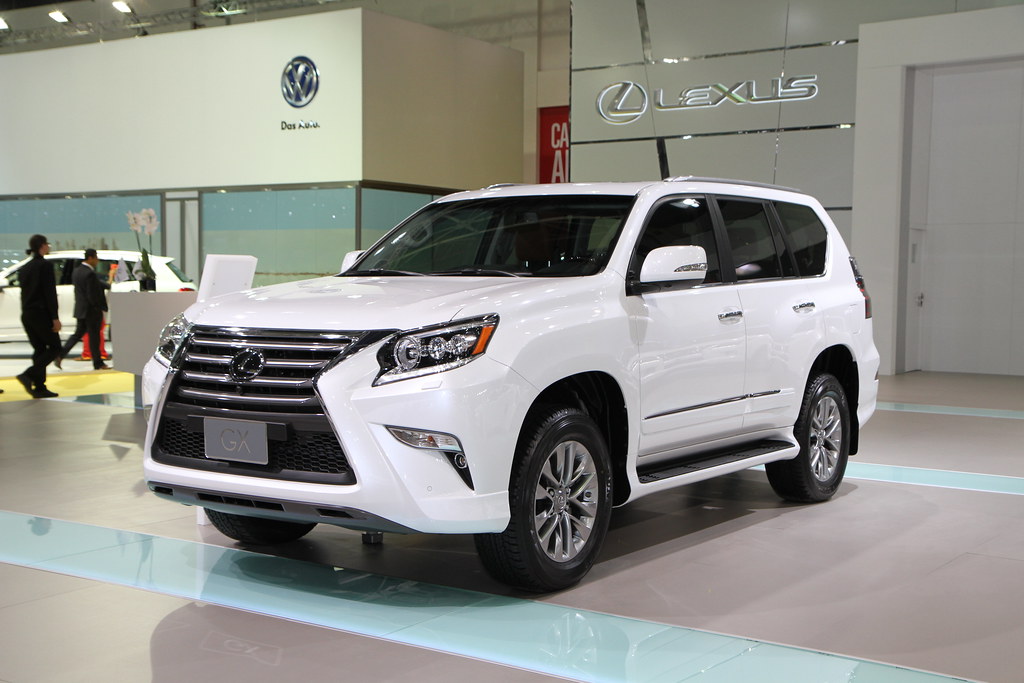
3. **Lexus GX**: As another distinguished offering from the Toyota family, the Lexus GX is a shining example of the brand’s deep-seated commitment to durability and engineering excellence. This luxury SUV seamlessly marries upscale comfort with unflinching reliability, positioning it as a premier choice for those who desire a refined vehicle built to truly last. Crucially, the GX shares its foundational platform with the legendary Toyota Land Cruiser, thereby inheriting many of the same rugged, long-lasting qualities that have made the Land Cruiser synonymous with enduring reliability.
Powering the Lexus GX is a robust 4.6-liter V8 engine, an powerplant known for delivering ample power without compromising Toyota’s stellar reputation for crafting engines that can confidently exceed 200,000 miles with minimal, if any, major repairs. The vehicle’s frame and body are meticulously engineered not just for luxurious on-road cruising, but also for serious off-roading capabilities, making it an exceptionally versatile option for long-term ownership and diverse driving conditions. This dual-purpose design speaks volumes about its inherent toughness.
Much like its Land Cruiser sibling, the mechanical simplicity embedded within the Lexus GX’s design is a pivotal factor in its remarkable longevity. Adhering to a regimen of basic maintenance – encompassing regular oil changes, diligent brake checks, and periodic fluid flushes – ensures that the GX’s robust drivetrain and sophisticated suspension system can reliably endure for decades. This emphasis on straightforward upkeep avoids the complex and often expensive repair scenarios associated with many other luxury vehicles.
A further testament to its lasting quality, the Lexus GX is renowned for maintaining a high resale value. This is largely because its proven durability and consistent reliability make it a highly desirable vehicle, even as the odometer accumulates significant mileage. For discerning buyers who seek the indulgence of a luxury SUV but are keen to avoid the exorbitant repair and maintenance costs often associated with premium vehicles, the Lexus GX emerges as an outstanding proposition. It unequivocally offers the best of both worlds: opulent comfort fused with steadfast, long-lasting reliability, ensuring peace of mind for years to come.
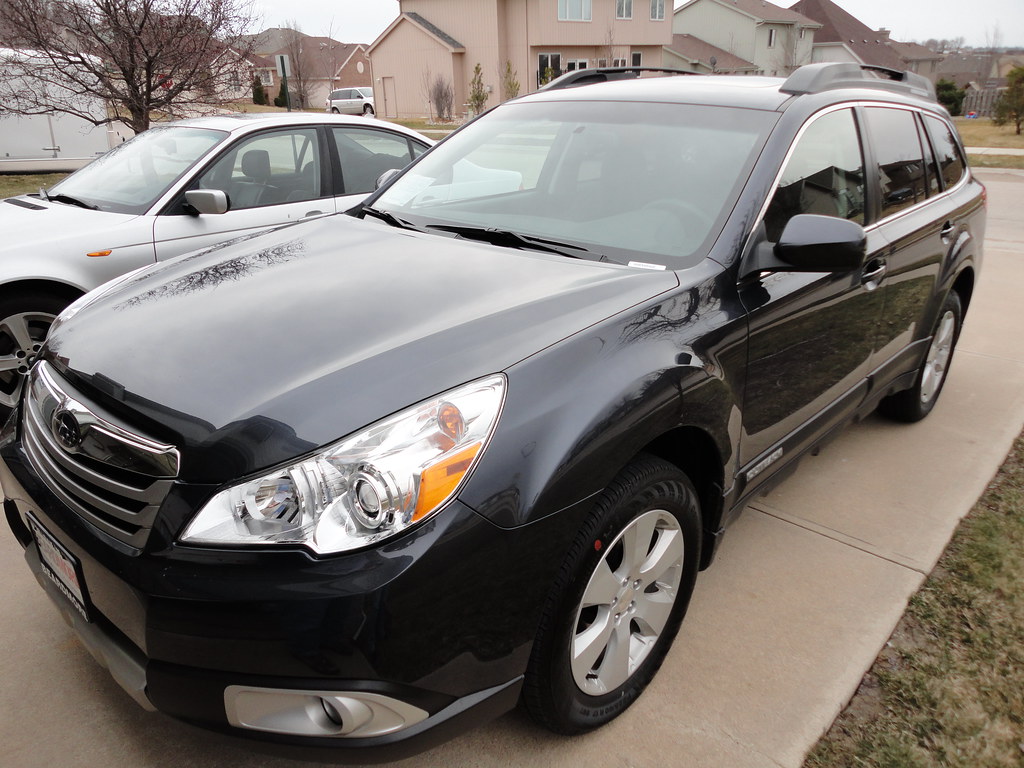
4. **Subaru Outback**: The Subaru Outback has long enjoyed a dedicated following among outdoor enthusiasts and growing families, a popularity rooted in its impressive rugged off-road capabilities and its stellar reputation for reliability. This mid-size SUV is purposefully engineered to confront and conquer challenging conditions, proving its mettle whether navigating treacherous snowy mountain passes or embarking on extensive family road trips across varied landscapes. With consistent routine maintenance, a significant number of Outback owners proudly report their vehicles easily surpassing the 200,000-mile mark without encountering any substantial mechanical setbacks, firmly establishing it as one of the preeminent vehicles for longevity within its competitive class.
A cornerstone of the Outback’s enduring performance is Subaru’s widely acclaimed symmetrical all-wheel-drive system. This sophisticated system not only enhances its ability to confidently handle a diverse array of weather conditions and varied terrains but also contributes to a sense of stability and security for the driver. The vehicle is typically powered by a 2.5-liter engine, which is well-regarded for its smooth operational performance and commendable fuel efficiency. However, a key factor in its impressive longevity is its fundamentally simple design.
Crucially, the Outback intentionally avoids being excessively laden with overly complex electronics or a multitude of advanced technological systems that, while initially appealing, can often become points of failure and expensive repair over extended periods of ownership. This design philosophy makes it an exceptionally solid choice for individuals who prioritize a reliable, low-maintenance vehicle above all else, ensuring predictable performance without unexpected technological headaches.
Maintaining the Outback’s robust health is straightforward, typically involving routine care such as regular oil changes, thorough brake checks, and periodic fluid flushes. These basic preventative measures are often all it takes to keep the vehicle running smoothly and efficiently for years. Furthermore, the ready availability of affordable replacement parts, coupled with Subaru’s robust and widespread dealer network, collectively ensure that any necessary repairs remain both cost-effective and easily manageable.
For those in search of an SUV that is not only capable of handling demanding conditions but also committed to providing years of dependable service, the Subaru Outback presents itself as an unequivocally fantastic option. Its blend of ruggedness, reliability, and sensible maintenance requirements makes it a standout choice for long-term ownership and adventure.

5. **Toyota 4Runner**: The Toyota 4Runner holds a revered status as a legendary off-road SUV, distinguished particularly by its outstanding reliability. This makes it one of the most compelling long-term vehicles for buyers who prioritize minimal maintenance hassles and consistent performance. Renowned for its exceptionally rugged body-on-frame construction, the 4Runner is fundamentally built to last, a characteristic that permeates every aspect of its design and engineering. Owners frequently attest that, with diligent basic upkeep, their 4Runners can effortlessly exceed 300,000 miles, making it an exemplary choice for anyone seeking an SUV with a demonstrably proven track record of enduring service.
What truly differentiates the 4Runner from a multitude of other SUVs on the market is its unwavering commitment to simplicity. In stark contrast to many contemporary vehicles that increasingly rely on intricate electronic systems and potentially expensive, complex components, the 4Runner’s straightforward design inherently facilitates easier maintenance and more manageable repairs. This foundational simplicity translates directly into greater long-term reliability and lower ownership costs.
The vehicle’s 4.0-liter V6 engine, while not positioned as the most fuel-efficient option available, is widely celebrated for its inherent robustness and unwavering dependability. Complementing this sturdy engine is a highly resilient suspension system, meticulously engineered to ensure the 4Runner can competently handle an extensive variety of terrains without succumbing to issues. This makes it an ideal companion for adventurers and those who frequently navigate challenging environments.
Consistent and regular services, including timely oil changes, systematic air filter replacements, and thorough brake maintenance, are typically all that is required to ensure the 4Runner continues to serve its owners reliably for many years. Its impressive off-road prowess perfectly aligns with the needs of adventurers who demand a vehicle capable of tackling demanding landscapes while remaining unequivocally dependable.
Furthermore, the Toyota 4Runner commands a strong resale value, a direct consequence of its renowned durability and exceptional longevity. These qualities make it a highly sought-after model in the used car market, underscoring its enduring appeal and smart investment potential. For individuals in serious need of a reliable, adventure-ready SUV, the Toyota 4Runner stands out unequivocally as one of the most durable and trustworthy options available today.
While many SUVs are engineered to provide years of reliable service with minimal upkeep, others quickly reveal themselves to be high-maintenance money pits. These vehicles often seem like good buys initially, but as time goes on, they require frequent, costly repairs that can make ownership a significant financial burden. The designs, poorly engineered components, or simply a history of mechanical issues often contribute to these SUVs demanding far more attention and investment than owners anticipate. From problematic transmissions to expensive electrical failures, certain SUVs are notorious for their propensity to break down in ways that lead to hefty repair bills, especially once extended warranties expire. This guide will shine a light on five such models that have earned a reputation for being repair-prone, helping buyers approach them with extreme caution. We’ll explore the specific issues that go wrong with these vehicles, why their repair bills can spiral out of control, and how owners can better understand the financial realities of these often unreliable SUVs, ensuring you make a truly informed decision for your long-term driving needs.
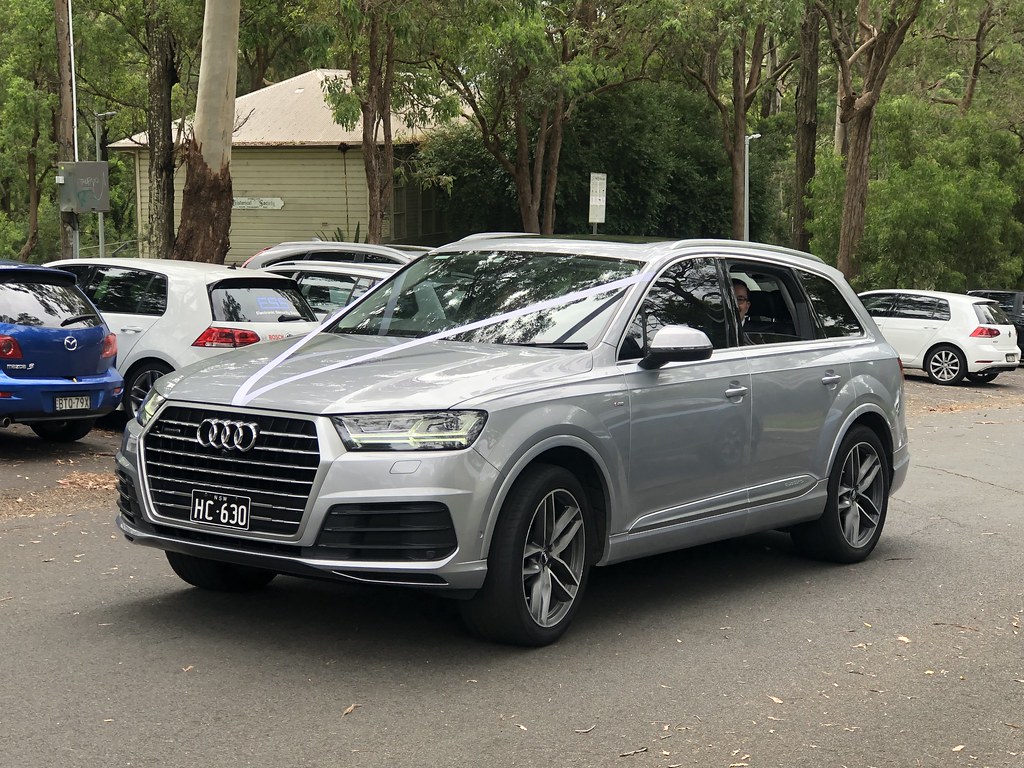
6. **Audi Q7**The Audi Q7 is a luxurious full-size SUV that, on the surface, boasts a wealth of high-end features and a stylish design, promising a sophisticated driving experience. However, Consumer Reports data indicates that beneath this polished exterior, the Q7 can quickly become a significant financial burden for owners unwilling or unprepared to deal with frequent and expensive repairs. One of the primary issues consistently reported with the Q7 is its complex air suspension system, which shows a significant propensity for failure after just a few years of use.
The Audi Q7 is a luxurious full-size SUV that, on the surface, boasts a wealth of high-end features and a stylish design, promising a sophisticated driving experience. However, Consumer Reports data indicates that beneath this polished exterior, the Q7 can quickly become a significant financial burden for owners unwilling or unprepared to deal with frequent and expensive repairs. One of the primary issues consistently reported with the Q7 is its complex air suspension system, which shows a significant propensity for failure after just a few years of use.
When this sophisticated air suspension system fails, it leads to repairs that can easily cost thousands of dollars to rectify, severely impacting the vehicle’s long-term affordability and owner satisfaction. Beyond the suspension, the Q7’s engine and transmission systems, particularly in the 3.0-liter V6 and 4.2-liter V8 variants, are notorious for suffering from premature wear. A common and particularly costly issue involves the timing chain tensioners in these engines, which often wear out early and require extensive, expensive repairs to prevent catastrophic engine failure.
Furthermore, electrical issues are distressingly common across many Audi Q7 models, ranging from malfunctioning sensors to problematic electronic control modules (ECMs), all of which demand costly replacements to restore functionality. While routine maintenance, such as oil changes and brake servicing, remains manageable, the cumulative effect of the Q7’s deeper mechanical issues can quickly escalate costs, especially once the original warranty coverage expires. For individuals aspiring to luxury without the burden of prohibitively high repair costs, the Q7’s combination of expensive parts and specialized labor makes it a model to approach with considerable caution.
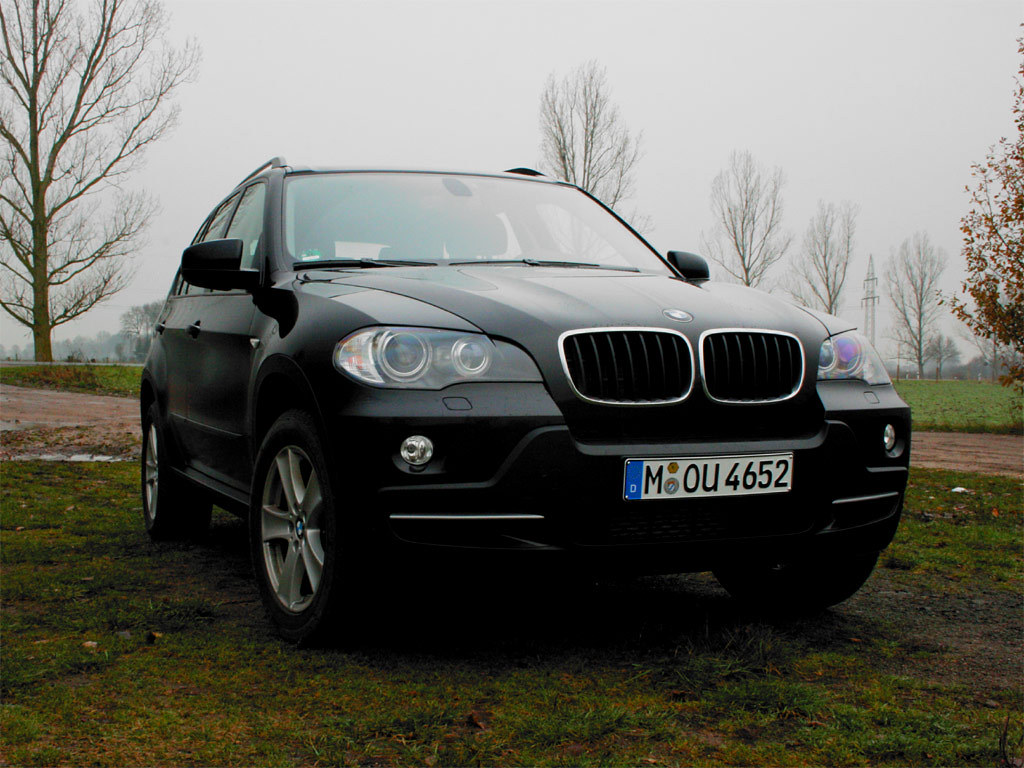
7. **BMW X5**The BMW X5 is a highly popular luxury SUV, celebrated for its sleek design, powerful engines, and a host of advanced features that promise an exhilarating driving experience. Yet, despite its initial allure, the X5 is equally infamous for its remarkably high repair costs, making it a challenging vehicle for long-term ownership according to Consumer Reports data. A key contributor to the X5’s expensive maintenance profile is its inherently complex drivetrain, which integrates an intricate automatic transmission and an electronically controlled suspension system.
The BMW X5 is a highly popular luxury SUV, celebrated for its sleek design, powerful engines, and a host of advanced features that promise an exhilarating driving experience. Yet, despite its initial allure, the X5 is equally infamous for its remarkably high repair costs, making it a challenging vehicle for long-term ownership according to Consumer Reports data. A key contributor to the X5’s expensive maintenance profile is its inherently complex drivetrain, which integrates an intricate automatic transmission and an electronically controlled suspension system.
Both the transmission and the sophisticated suspension, particularly the air springs, are frequent sources of trouble, often requiring expensive repairs or complete replacements. These air springs, for instance, are prone to failure typically between 60,000 and 80,000 miles, leading to significant financial outlays. The X5’s engines, especially the powerful turbocharged variants, also demand frequent and meticulous attention to mitigate common issues such as persistent oil leaks and excessive oil consumption, which can be both messy and costly.
Further compounding these issues, critical components like the timing chain and water pump are recognized trouble spots that inevitably lead to costly replacement procedures. The vehicle’s electrical system is another area of concern, with owners frequently reporting issues related to the alternator, various sensors, and crucial control modules. While the BMW X5 undeniably offers a superior driving experience, the high cost of its maintenance and repairs, particularly labor-intensive engine and transmission work, can quickly run into thousands of dollars, making it a vehicle better suited for drivers who are fully prepared for higher ongoing ownership costs.



